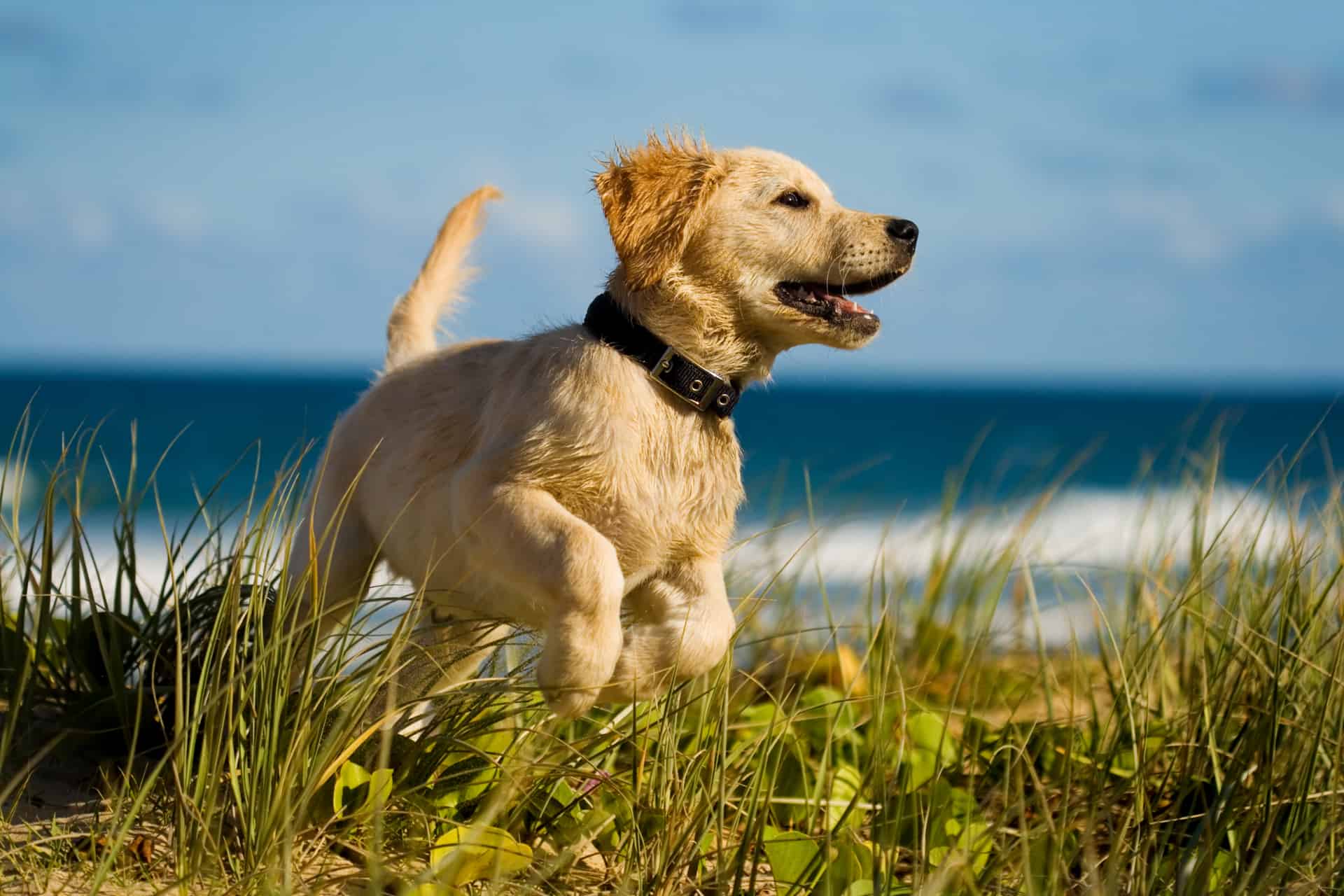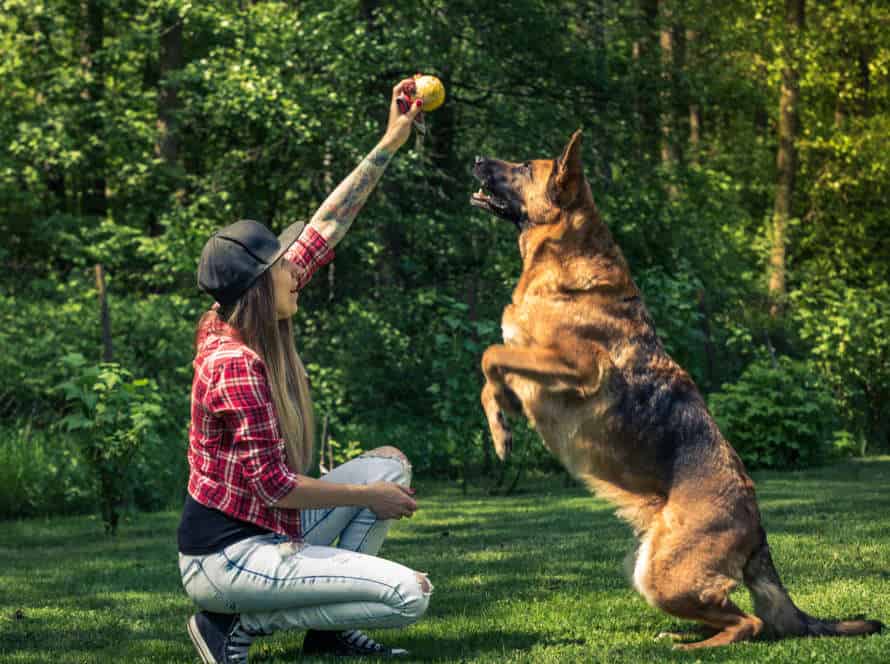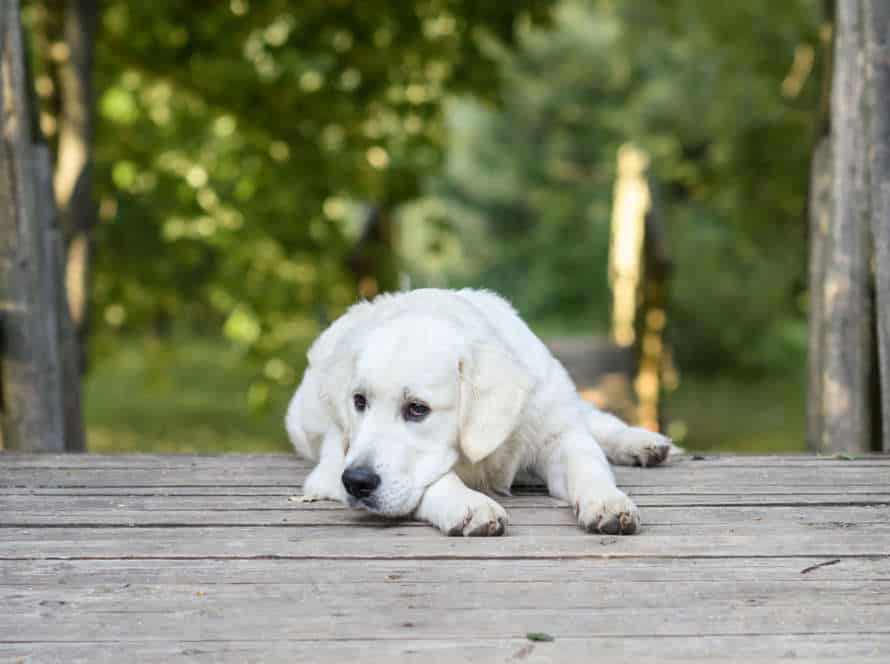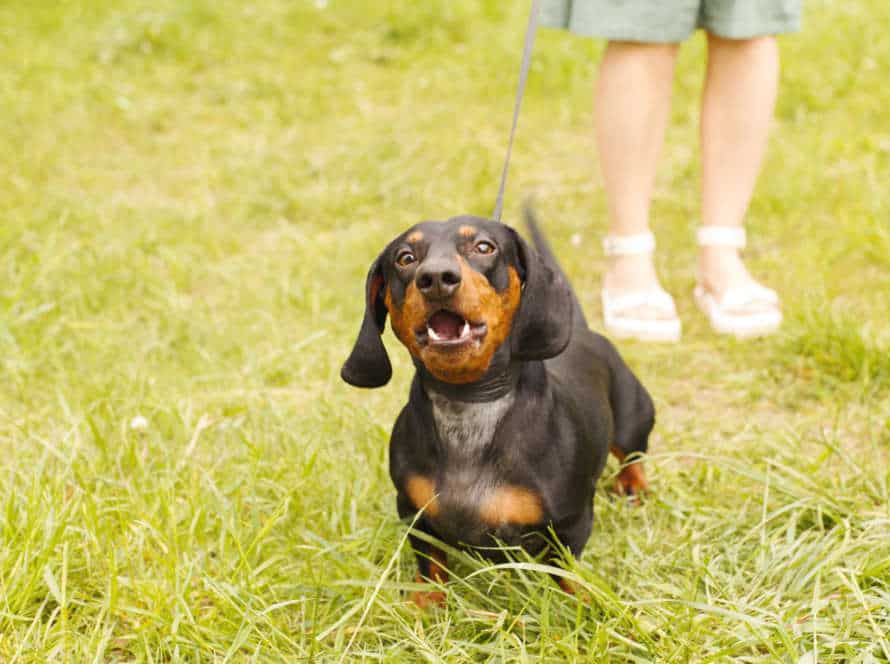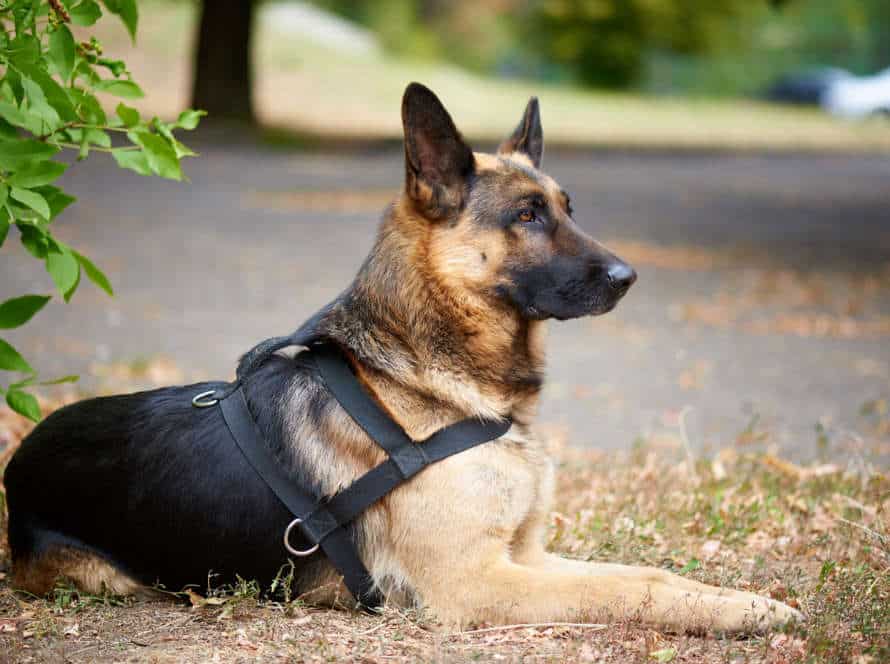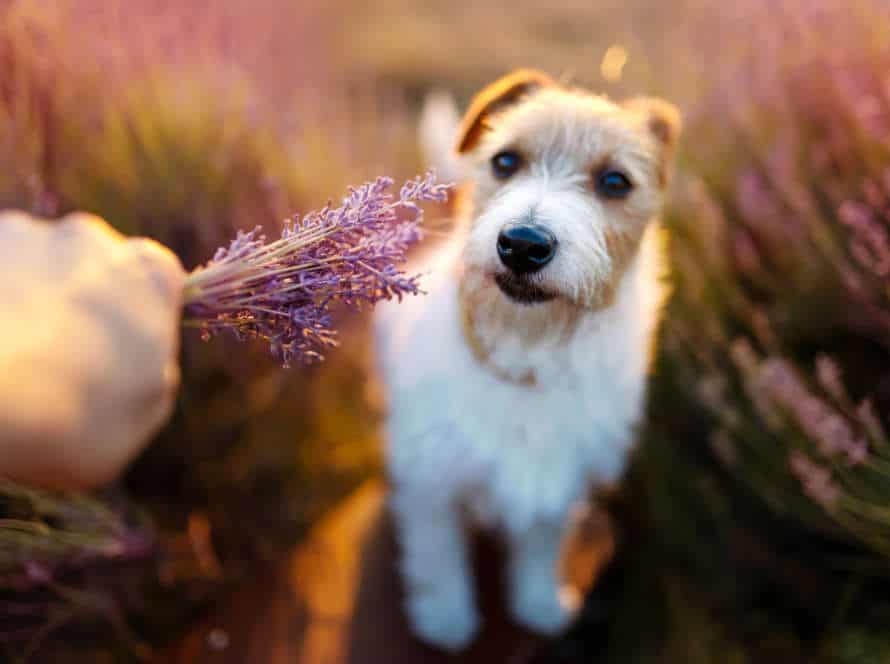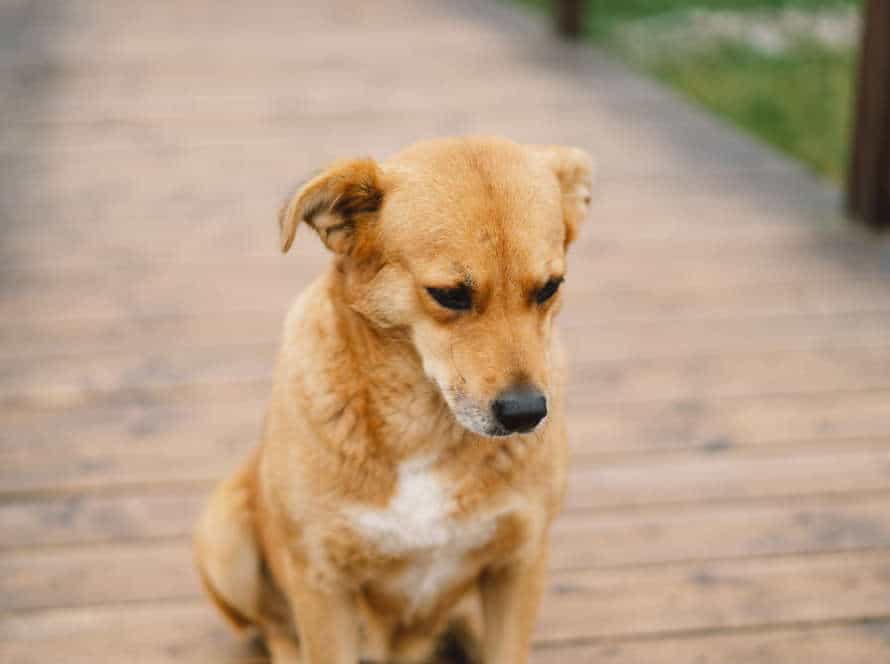Understanding Jumping Issues in Puppies
Puppies jump – it’s natural! To address this, we must first understand why. Here, we’ll discuss the key points and offer early training tips. This will help set your pup up for success and address any jumping issues.
Reasons why puppies jump
Puppies often jump, and the reasons for it can be varied. To prevent jumping, understanding why puppies do it is vital. Here are some possible causes:
- Excitement: Puppies jump when they’re thrilled to see their owners or others.
- Attention-seeking: Jumping may be their way of wanting attention or love from their owners.
- Greeting behavior: Jumping can be a natural way of greeting, as they try to sniff and lick faces.
- Lack of training: Puppies that haven’t had suitable training may not realize jumping isn’t okay.
Training tips to address jumping in puppies:
- Teach them to sit or stay instead.
- Consistent training, praise and positive reinforcement are essential for successful training.
- Consistent training can help puppies learn the right way to greet people and avoid jumping.
Potential consequences of unaddressed jumping issues
Puppy jumping issues can quickly worsen and bring risk to both the pup and to others. Unaddressed jumping can cause:
- Scratches/bruises when they jump on or get jumped on.
- Knocking people over, especially small children or elders, which can cause injury.
- Fear and anxiety from people around the puppy.
To avoid these consequences, addressing the issue is essential. Train them early on by:
- Ignoring the behaviour and turning away.
- Positively reinforce when not jumping.
- Provide toys + exercise.
Importance of early training to prevent jumping
Jumping in puppies is a typical thing, yet it must be managed rapidly. Early training is essential to keep away from jumping in grown-up pooches. Here are some main points to remember while making an early training program:
- Begin training quickly, while the puppy is as yet in the socialization stage.
- Utilize positive support procedures to prepare them not to jump.
- Instruct elective practices like “sit” and “down” to supplant jumping.
- Use an unwavering methodology to training, with clear orders and rewards for good conduct.
By beginning early and following a sorted out methodology, you can forestall jumping issues in your puppy from transforming into an issue when they develop.
Creating a Safe and Positive Environment
Creating a secure and pleasant atmosphere for your pup is crucial for training it not to jump. This kind of environment will make your pup feel safe and content. It will also make the training process simpler. When it comes to jumping, it is important to set clear boundaries and expectations. Here are some ideas to help you build a safe, positive atmosphere for your pup:
Emphasizing consistent rules and boundaries
Creating a positive environment for your pup requires consistent rules and boundaries. Follow these tips for addressing jumping issues early:
- Be consistent with commands and corrections.
- No furniture for pup? Stick to the policy!
- Regular play and exercise help prevent pent-up energy that leads to jumping.
- Positive reinforcement is the way to go – praise or treats for calm behavior.
- Never discipline harshly – it can cause fear or worsen behavior.
- Consistent, positive training will make pup happy and reward you with love!
Encouraging calm behavior during greetings
Jumping is a natural reaction for puppies when they’re psyched and wanting to meet their owners or visitors. It can be sweet, but it can also be risky, specially for kids and elderly people. To promote a calmer attitude when saying hello, here are some tips:
- Don’t excite the pup beforehand with loud talking or games.
- Teach them the “off” command, and reward them when all four paws are on the ground.
- Encourage them to be calm by rewarding them when they sit down with all four paws on the ground.
- Redirect their energy with a trick or toy.
- Maintain consistency to reinforce good behavior and avoid jumping.
- Be patient and use positive reinforcement instead of punishment.
Teaching the “off” command as a foundation for preventing jumping
Teaching the “off” command is key for avoiding jumping. It also creates a safe and happy atmosphere for puppies and their owners. Here are some training tips to teach the “off” command:
- Say “off” whilst standing a short distance away from your pup.
- If your puppy keeps jumping, turn your back and ignore him for a few seconds.
- When his paws are back on the floor, reward him with a treat and praise.
- Keep repeating and gradually move closer to your pooch until he responds to the command.
- Be consistent and reward positive behavior with treats and praise.
This will help your pup learn to greet people the right way and reduce any accidents.
Basic Training Techniques
Jumpin’ can be a real problem for pups, especially for new owners. Fortunately, there are some basic trainin’ techniques to help. In this article, we’ll discuss the benefits of early training. Plus, step-by-step techs for teachin’ pups not to jump. And, how to create lasting behavior change.
Using positive reinforcement
Positive reinforcement is a great way to tackle puppy jumping. Here’s how:
- Reward good behavior. Give treats, praise, and love when your pup greets you with all four paws on the ground.
- Teach an alternative. Show them to sit, stay, or lie down instead of jumping, then reward them.
- Redirect bad behavior. If pup jumps, turn away and ignore until they calm down. Then, get them to do a sit or a stay.
- Be consistent. Always reward good behavior and redirect bad behavior.
Pro tip: Positive reinforcement means rewarding pup for good behavior. This encourages similar behavior in the future. Be patient and consistent. Punishment-based techniques can cause fear and aggression in puppies.
Consistently discouraging jumping behavior
Puppy jumping is a common problem, but it can be fixed with the right training. Here’s how to start:
- Make sure your pup knows that jumping brings negative consequences: Say “no” or “off” firmly, then turn away. This will show them that jumping won’t get them attention.
- Reward calm behaviour: As soon as your pup greets you without jumping, reward them with praise and a treat. This will show them what good behaviour looks like.
- Be consistent: Everyone in the house should use the same commands and techniques when training your pup. Stay consistent and use positive reinforcement; this will help your pup succeed in the long run.
Teaching alternative behaviors to jumping
Puppies tend to jump, but it’s important to discourage this behavior early.
Here are some tips for training:
- Ignore jumping. Turn your back and ignore until pup calms down. This shows them jumping won’t get your attention.
- Teach pup to sit. Give rewards when they do. This gives them an alternative to jumping, and a calmer state of mind.
- Designate a jumping area. If your pup loves to jump, pick an area like a cushion or rug. Helps them understand it’s only allowed in that area.
- Consistency is key. Everyone in the household should discourage jumping consistently, so pup doesn’t get confused.
- Early training is essential. To prevent jumping issues as pup grows up, train them early.
- Rewarding positive behaviors is more effective than punishing negative ones. Use treats and positive reinforcement to encourage desirable behaviors.
Advanced Training Techniques
Puppies jumping a lot? It’s a sign they lack training. To teach them right behavior, give them the right environment, training, and ongoing education. Advanced techniques can help with common puppy issues like jumping. This article looks at those techniques and gives tips to help puppies learn.
Combining basic training techniques for more complex situations
Puppies often have jumping problems, but training can help!
Here are some techniques for advanced training to address the issue:
- Teach ‘Stay,’ ‘Come,’ and ‘Sit‘.
- Use treats & praise to reward good behavior & discourage jumping.
- Be consistent for lasting success.
- Train puppy in various places- indoors & outdoors.
- Start earlier- easier to break bad habits in young pups.
Combine these tips to get a well-trained pup & avoid future issues.
Family members should also train & reward for consistency.
Incorporating distractions into training
Distracting your pup is a major part of addressing unexpected jumping and other misbehaviors. Introduce your fur baby to diverse experiences to help them understand when to obey commands and not leap when they’re happy or worried.
Here are some ideas:
- Use toys and treats to distract them during practice sessions. Have them sit or stand in one spot and throw a ball, or show them a treat.
- Make loud noises or move around while they’re training to imitate real-life circumstances. Click a clicker or clap hands to get their attention, then give the command.
- Train in different places. Practice commands in the park or a busy street to expose them to various distractions.
Always be patient and keep the same rules during practice, and reward good behavior. With practice, your pup will learn to stay cool and concentrated, no matter what’s going on.
Gradually increasing the difficulty level of training exercises
Puppies often jump, so advanced training is needed to address this. Here are some tips to get you started:
- Start with basic commands, like “sit” and “stay“.
- Then, teach your pup to jump over low objects, like a rolled-up towel or small hurdle.
- Raise the heights and lengths of the jumps as the pup becomes comfortable.
- Use treats and praise to encourage them to learn.
- Be patient and consistent for the best results.
Additional Tips for Addressing Jumping Issues
Early training is essential for puppies with jumping issues. Redirect pup’s energy and reinforce good behaviors, not punish the bad ones. Give enough exercise and mental stimulation. Also, use rewards and consistent instructions.
Now, let’s look at extra tips to address jumping in puppies!
Seeking help from a professional dog trainer
Jumping is a common problem with puppies. Training can help, so here are some tips:
- Stay calm. Excitement only encourages jumping.
- Use the same cues – like “off” or “down” – each time.
- Positively reward good behavior. Praise or give treats when they don’t jump.
- If the problem persists, get help from a dog trainer. They’ll create a training plan for your pup.
Patience and consistency are key. With time, you can train your puppy to be a better companion.
Avoiding unintentional reinforcement of jumping behavior
Jumping is a normal thing for pups, but it can be a nuisance if not taken care of early. To stop your pup from jumping, don’t reward it when it does. Teach them a release word like “Off” or “Down“. No physical punishment, shouting, or aggressive behaviour. Reward them when they say hello without jumping. Redirect the pup’s jumping to something else like a toy or obedience commands.
Training early is crucial to stop jumping. Keep it consistent and use positive reinforcement to teach the pup the right way to greet.
Staying patient and consistent throughout the training process
Addressing jumping habits in puppies can be hard, but staying patient and consistent is key for success. Here are some tips to help you:
- Ignore jumping and reward calm behavior. When your puppy jumps on you, turn away and cross your arms. When your puppy stops jumping, give them praise and affection.
- Train your puppy to sit. Teach them to sit when they want something. Reward them with a treat. Do this often and consistently.
- Use a tether or crate. If your puppy jumps on guests or family members, keep them separated until they learn to behave.
Remember, addressing jumping issues in puppies takes time. Stay patient and consistent, and use positive reinforcement – this will help your puppy stop jumping and become an obedient dog.
Frequently Asked Questions
Q: What causes puppies to jump?
A: Puppies jump for various reasons, such as excitement, seeking attention, and greeting people.
Q: Is jumping a serious problem in puppies?
A: Jumping can become a serious problem in puppies if left unchecked. It can cause injury to people, damage property, and promote bad behavior.
Q: How can I prevent my puppy from jumping on people?
A: Early training is crucial to prevent jumping in puppies. You can train your puppy to sit, stay, and come. These commands will help you redirect your puppy’s behavior when he/she jumps.
Q: What are some common mistakes in correcting jumping behavior in puppies?
A: Some common mistakes include using physical force, shouting at your puppy, playing rough games, and rewarding bad behavior.
Q: Can punishment help stop puppies from jumping?
A: Punishing your puppy can have adverse effects on the puppy’s behavior and relationship with you. Positive reinforcement is the best way to train your puppy.
Q: How long does it take to correct a puppy’s jumping behavior?
A: The duration of the training process depends on the individual puppy and how consistent you are with training. Practice and patience are essential, and you should be prepared to train your puppy for several weeks or months.

